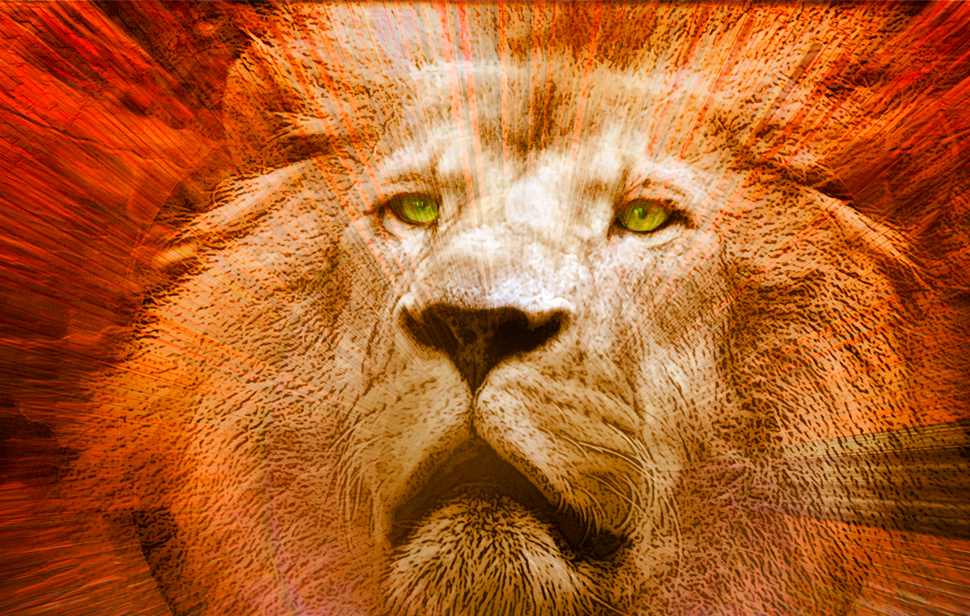
Chapter 5
Spiritual Parallels in The Chronicles of Narnia
Observing how characters respond to Aslan, the Christ symbol, is the key to finding the story behind the stories of Narnia. These relational insights are rooted in the dominant role of Aslan in the Chronicles. Narnia scholar Paul F. Ford observes:
The beholding of [Aslan’s] beautiful face sustains one all one’s days, and the recognition of that face with love and awe at the end of time opens out onto an eternity of joy. To be addressed by him as “dear heart” or “little one” or by name is a lasting, cherished blessing; to be rebuked by him is an everlasting shame. Whom he praises with an earthshaking “well done” remains forever favored; whom he blames or punishes is humbled in the hope of an enduring change of heart. Though he is wild—that is, allpowerful and free—he delights to be at the center of the dance of those whom he has made; he welcomes the help of others, both beast and human, to accomplish his plans; and he is the very often unnoticed storyteller behind every person’s story, guarding the privacy of each, keeping faith with all (p.55, Companion To Narnia).
Bound together by this overarching theme, The Chronicles Of Narnia are comprised of seven books. Each contains a distinct chapter in the saga of Narnian history, with spiritual parallels to our own world:
• The Magician’s Nephew provides us with the origins of Narnia.
• The Lion, The Witch, And The Wardrobe shows the rescue of that world.
• The Horse And His Boy explores issues of pride and prejudice.
• Prince Caspian illustrates different attitudes toward the nature of truth as it’s contained in an ancient, imperishable story.
• The Voyage Of The Dawn Treader contains various portraits of opportunities and perils in life’s journey.
• The Silver Chair shows the importance of following God’s instructions in the midst of a world dominated by a mixture of truth and lies.
• The Last Battle brings a climax to the series by showing us a dramatic picture of good overcoming evil.
With that background, let’s take a step closer to the fantasy and wonder that has made The Chronicles Of Narnia a classic in English literature.





